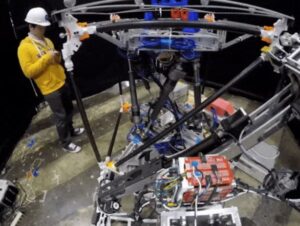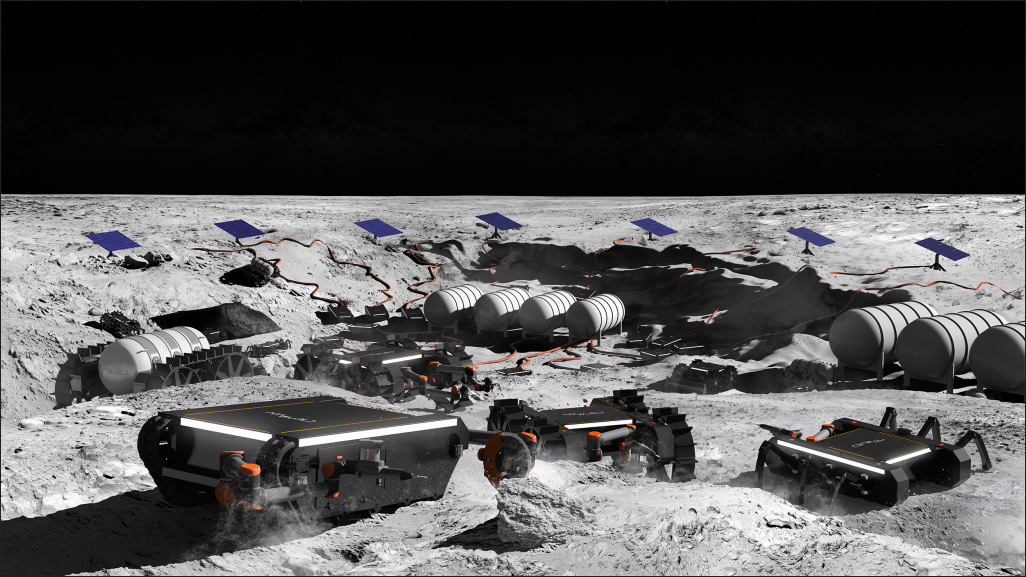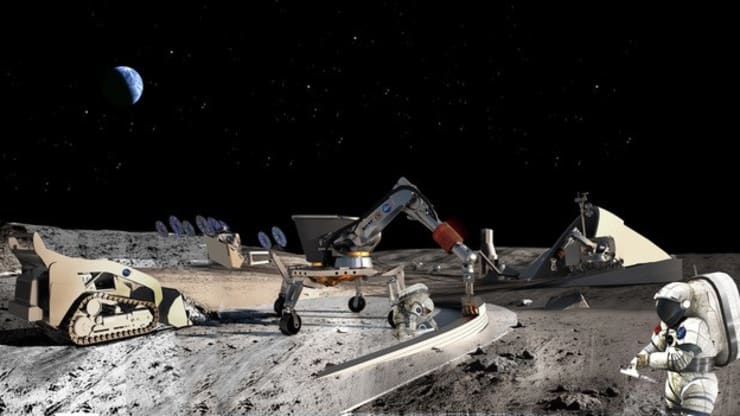
Scientists are increasingly confident that there is a significant amount of water on the Moon, but there is still uncertainty as to how much. Moon-orbiting satellites that rely upon ultraviolet, visible of near-infrared light to identify ice deposits can sense only a slice of the lunar surface measurable in a few millimeters.
“You really don’t know if it’s just a very thin frost or if it extends deeper,” says Kevin Cannon, a postdoctoral scholar at the University of Central Florida, who has written a paper for non-academics, “Ice Prospecting: Your Guide to Getting Rich on the Moon.” Orbiting instruments that potentially could detect ice deposits beneath the surface — such as radar and neutron spectroscopy — have much much lower spatial resolutions.”
To get better data, NASA has begun planning a mission to send a rover to the Moon with mining instruments, hopefully by late 2023. The golf cart-sized rover will survey and map ice deposits in the lunar south pole. One of the instruments is a one-meter drill called TRIDENT (The Regolith and Ice Drill for Exploring New Terrain), reports Air & Space. Building a drill capable of penetrating the Moon’s surface in subzero temperatures is fraught with challenges. Lunar regolith, highly impacted over billions of years of bombardments, is dense. Add ice, and the soil could be harder than concrete. more “Mining for Water on the Moon”

 Foreseeable needs for space exploration exceed projected payroll-launch capacity, so NASA envisions the need for robotic manufacturing on the Moon. A newly funded project called The Assemblers envisions a swarm of robots fabricating solar arrays and undertaking other assembly tasks on the surface of the Moon or Mars.
Foreseeable needs for space exploration exceed projected payroll-launch capacity, so NASA envisions the need for robotic manufacturing on the Moon. A newly funded project called The Assemblers envisions a swarm of robots fabricating solar arrays and undertaking other assembly tasks on the surface of the Moon or Mars.

